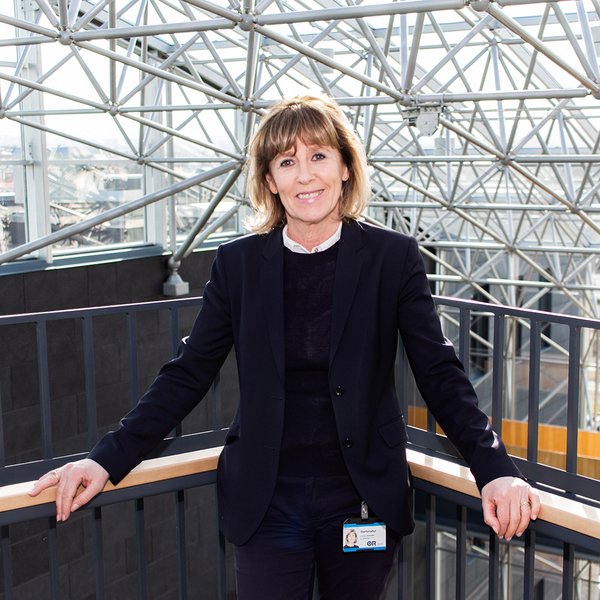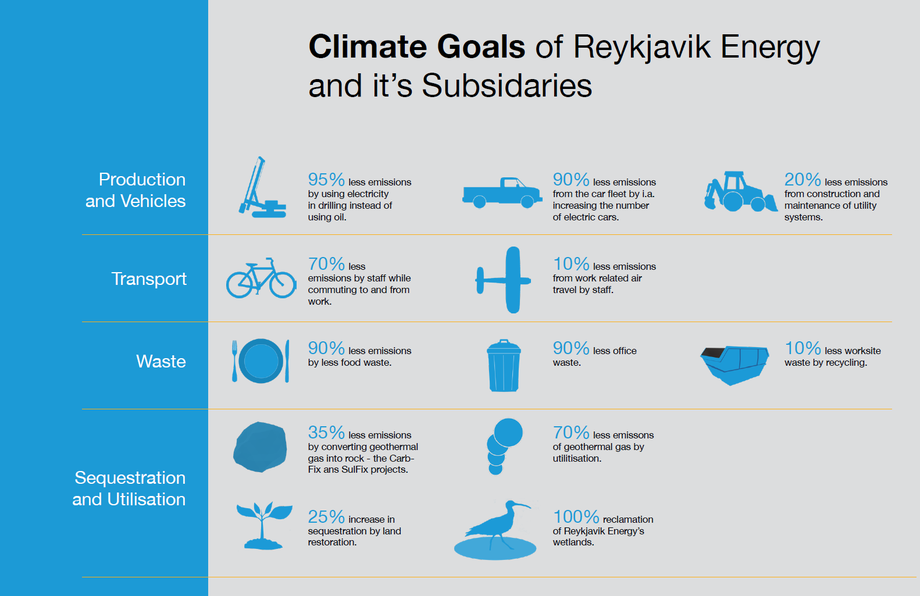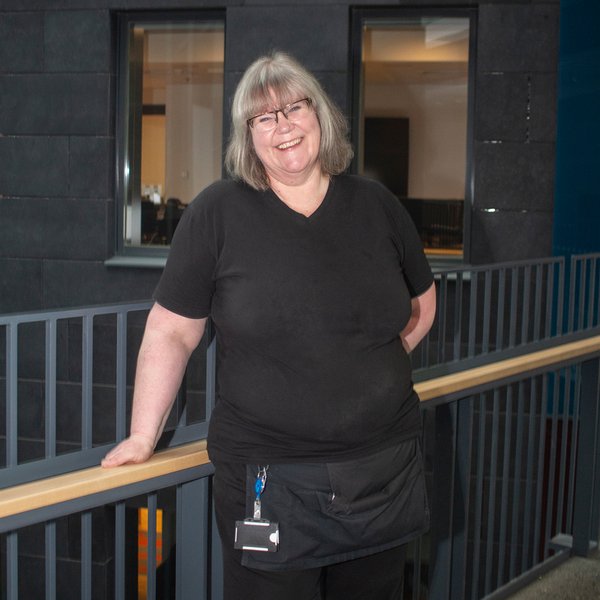Unnur is a nurse who has worked in the field of occupational health at the Reykjavik Energy Group for six years. One could say that safety awareness is in her blood because her grandfather Thórdur was a government Director of Public Safety. In her work, she performs a variety of tasks, which are all aimed at improving the health and safety of her colleagues, since few things matter more. Unnur dabbles in numerous activities outside work: she travels to exotic countries, cultivates her garden, tends to her four sons and their families, in addition to which she is a passionate shoe collector. However, she’s often in the same shoes.
























